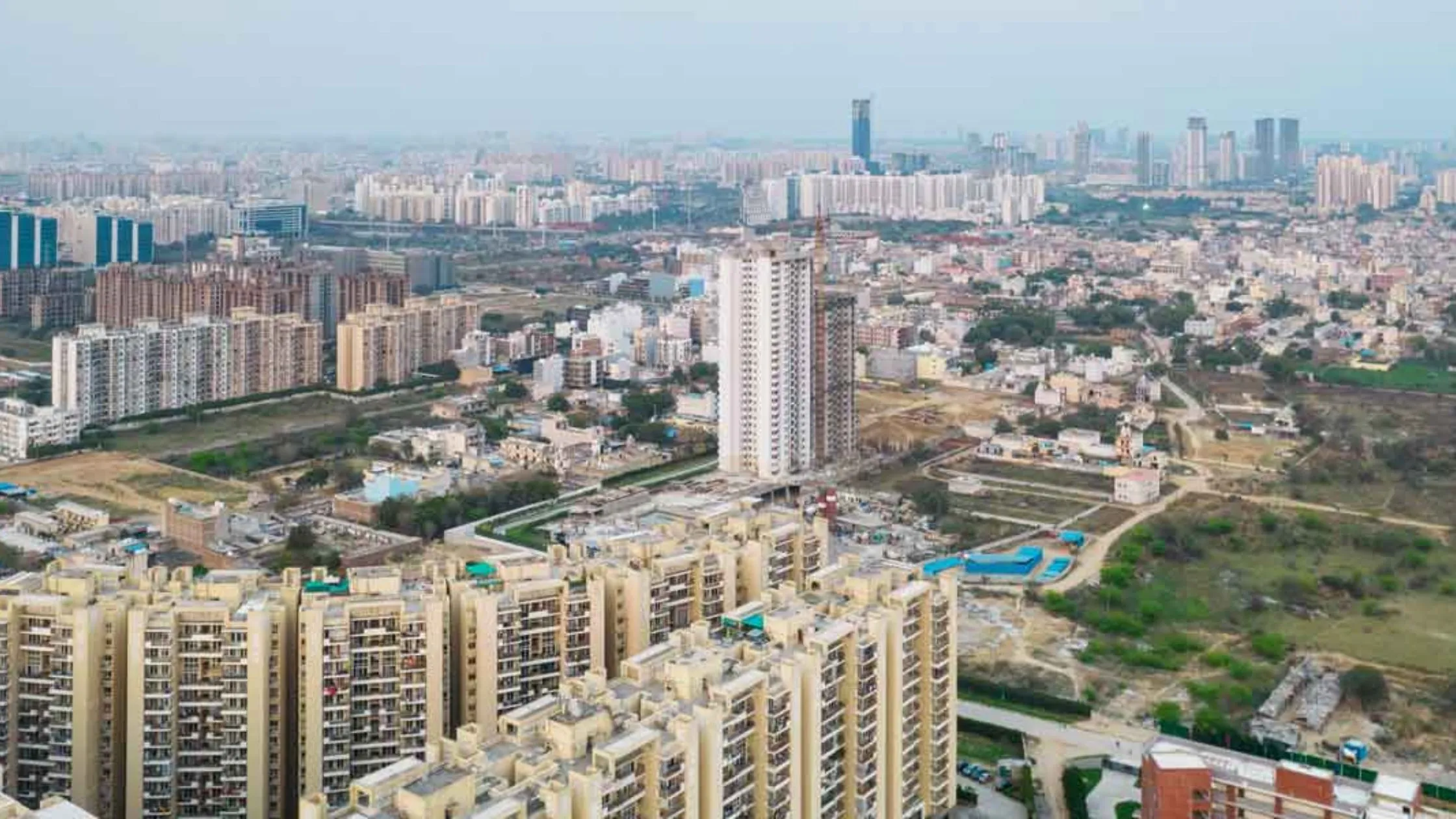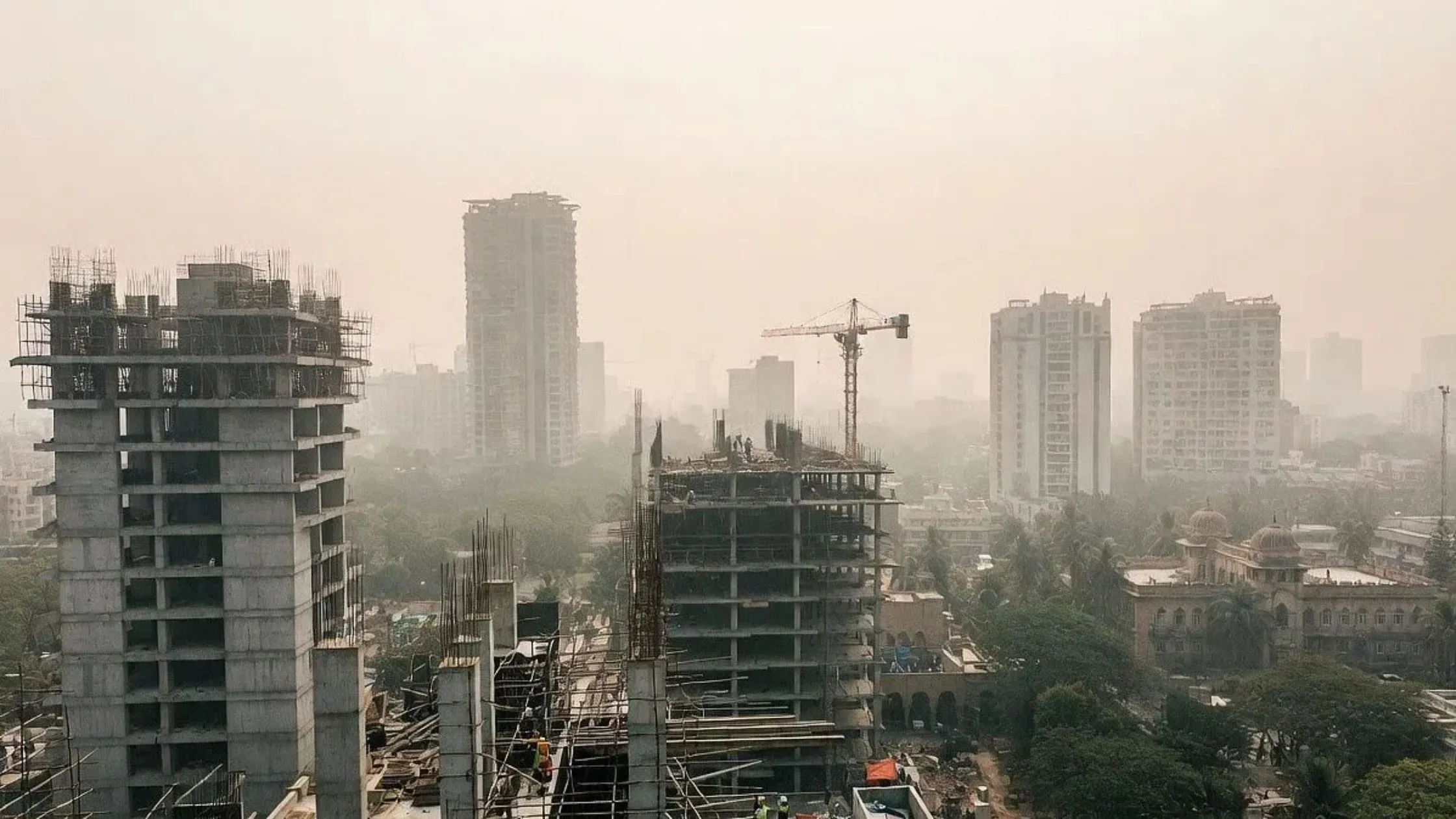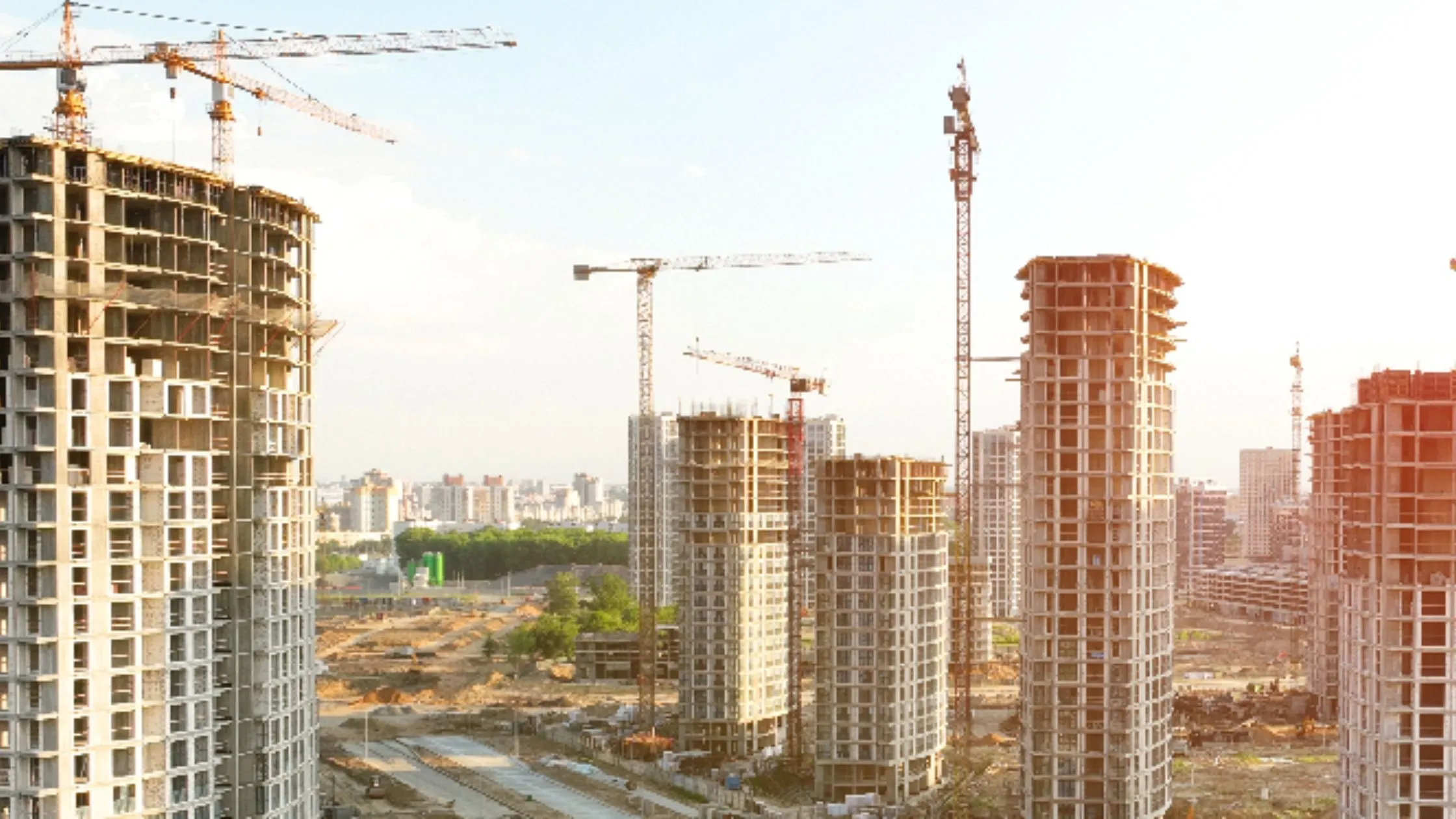Table of Content
- Introduction: The Rise of Eco-Villages in India
- 1. What Are Eco-Villages?
- Key Features of Eco-Villages
- 2. Why Eco-Villages Are Gaining Popularity in India
- Benefits of Living in Eco-Villages
- 3. Eco-Villages as a Real Estate Investment
- 4. Features to Look for When Investing in Eco-Villages
- 5. Examples of Eco-Villages in India
- 6. Challenges and Risks in Eco-Village Investment
- 7. Financing and Government Support for Eco-Village Investments
- 8. How to Start Investing in Eco-Villages in India
Introduction: The Rise of Eco-Villages in India
Eco-villages are a growing trend in India, offering an environmentally-friendly lifestyle while promoting sustainable development. These communities emphasize green architecture, renewable energy, and organic farming, attracting investors who prioritize ecological impact alongside property value. This guide explores why eco-villages are increasingly popular in India, how they function, and the factors to consider before investing.
1. What Are Eco-Villages?
Eco-villages are communities designed to be self-sustainable, aiming to minimize their ecological footprint through:
- Green Architecture: Use of sustainable building materials and energy-efficient designs.
- Renewable Energy: Solar, wind, and other renewable sources power these villages.
- Organic Farming: Residents cultivate their food organically to support self-sufficiency.
- Water Conservation: Techniques like rainwater harvesting and wastewater recycling are standard practices.
Key Features of Eco-Villages
|
Feature |
Description |
|
Green Building |
Energy-efficient designs with minimal ecological impact. |
|
Renewable Energy |
Solar panels, wind turbines, and other renewable sources. |
|
Waste Management |
Emphasis on recycling and composting. |
|
Organic Farming |
Community farming spaces for sustainable agriculture. |
|
Water Conservation |
Rainwater harvesting and wastewater recycling systems. |
|
Community Engagement |
Shared spaces for collaboration and social sustainability. |
2. Why Eco-Villages Are Gaining Popularity in India
With rising concerns over climate change, eco-villages offer a sustainable living solution. Key reasons include:
- Increased Environmental Awareness: People are more conscious of their carbon footprint.
- Health and Wellness: Eco-villages offer cleaner air, organic food, and a close-to-nature lifestyle.
- Government Support: Incentives for green buildings and sustainable development.
Benefits of Living in Eco-Villages
|
Benefit |
Description |
|
Reduced Utility Costs |
Lower water and electricity bills due to sustainable design. |
|
Community Connection |
Emphasis on a collaborative, eco-conscious community. |
|
Long-term Investment |
Eco-friendly properties are growing in demand. |
|
Healthier Lifestyle |
Access to fresh produce and a pollution-free environment. |
3. Eco-Villages as a Real Estate Investment
Eco-villages offer an alternative investment opportunity in real estate, attracting a niche market that prioritizes sustainability over traditional property metrics.
Why Invest in Eco-Villages?
- Rising Demand: There’s growing interest from buyers looking for eco-friendly properties.
- Future-Proof Investment: As environmental regulations tighten, eco-friendly properties are expected to appreciate.
- Lifestyle Appeal: A lifestyle aligned with nature is increasingly desirable.
Potential Returns on Investment
|
Factor |
Potential Return |
|
Property Appreciation |
Demand for eco-villages could lead to long-term growth. |
|
Rental Income |
Eco-villages attract renters seeking eco-friendly spaces. |
|
Lower Maintenance Costs |
Energy-efficient homes have reduced utility costs. |
4. Features to Look for When Investing in Eco-Villages
Investors should evaluate several factors when considering eco-village investments:
- Location: Proximity to cities or rural areas can affect accessibility and investment potential.
- Energy Sources: Solar, wind, and geothermal sources can help reduce electricity expenses.
- Water Management: Efficient water systems ensure sustainability, especially in areas prone to drought.
- Waste Management Systems: Ensure the community has a reliable waste reduction and recycling system.
- Community Size and Amenities: Some eco-villages offer schools, clinics, and markets to promote self-sufficiency.
Also Raad: This villa has an elegant presence in the rural village of Goa (India)
Checklist for Eco-Village Investment
|
Feature |
Why It Matters |
|
Renewable Energy |
Reduces long-term utility costs. |
|
Sustainable Materials |
Lowers environmental impact and maintenance costs. |
|
Accessibility |
Ensures easy access to nearby cities and essential services. |
|
Community Engagement |
Helps build a cohesive, sustainable lifestyle. |
|
Organic Food Supply |
Self-sufficient food production for a healthier lifestyle. |
5. Examples of Eco-Villages in India
India has seen the development of several eco-villages that showcase diverse approaches to sustainable living:
- Auroville, Tamil Nadu: Known for its self-sufficient community and renewable energy practices.
- Govardhan Ecovillage, Maharashtra: Combines organic farming, water conservation, and green architecture.
- Serene Eco-Village, Himachal Pradesh: Offers an idyllic lifestyle focused on eco-tourism and organic farming.
Comparison of Key Eco-Villages
|
Eco-Village |
Location |
Key Features |
Investment Appeal |
|
Auroville |
Tamil Nadu |
Renewable energy, organic farming |
High due to international appeal |
|
Govardhan Ecovillage |
Maharashtra |
Water conservation, green buildings |
High due to proximity to Mumbai |
|
Serene Eco-Village |
Himachal Pradesh |
Eco-tourism, organic farming |
Moderate, good for eco-tourism |
6. Challenges and Risks in Eco-Village Investment
While eco-villages are appealing, investors should be aware of the potential challenges:
- Higher Initial Costs: Sustainable materials and renewable energy systems can make eco-village properties more expensive initially.
- Limited Resale Market: Eco-villages target a niche market, which might limit potential buyers.
- Regulatory Issues: Environmental regulations can vary, impacting development and operation costs.
- Availability of Infrastructure: Limited infrastructure in some rural areas can pose challenges for accessibility.
Also Read: Simple Village House Designs In India - For Your Second Home
Challenges Overview
|
Challenge |
Description |
|
Higher Initial Costs |
Eco-friendly materials can increase upfront costs. |
|
Limited Resale Market |
Finding like-minded buyers can be challenging. |
|
Regulatory Issues |
Compliance can lead to additional costs. |
|
Infrastructure Gaps |
Eco-villages in remote areas may lack basic infrastructure. |
7. Financing and Government Support for Eco-Village Investments
India’s government provides various incentives for green buildings and sustainable developments:
- Tax Benefits: Eco-friendly homes may qualify for tax deductions under green building initiatives.
- Subsidies for Renewable Energy: The government offers subsidies for solar panels and other renewable energy systems.
- Green Loans: Some banks offer preferential interest rates for sustainable housing projects.
Government Support for Eco-Village Investments
|
Support Type |
Description |
|
Tax Deductions |
Deductions for eco-friendly building materials. |
|
Renewable Energy Subsidy |
Financial support for solar panels, wind turbines, etc. |
|
Green Loans |
Preferential loan rates for sustainable housing. |
8. How to Start Investing in Eco-Villages in India
Investing in eco-villages involves a few steps:
- Research: Identify eco-village projects and their sustainability features.
- Assess Financials: Analyze upfront costs and long-term savings on utilities.
- Consider the Community: Engage with existing residents to gauge community involvement.
- Work with Green Real Estate Agents: Agents specializing in green properties can guide you effectively.
Investment Steps Summary
|
Step |
Description |
|
Research |
Look into existing and upcoming eco-villages. |
|
Financial Assessment |
Weigh upfront investment against potential savings. |
|
Community Engagement |
Talk to residents to understand lifestyle and benefits. |
|
Real Estate Agent |
Use agents with eco-village expertise for guidance. |
Conclusion: Why Eco-Villages are the Future of Real Estate in India
Eco-villages offer a sustainable and desirable living solution that aligns with environmental values. For investors, these communities represent a unique opportunity to invest in a growing market with long-term potential. With a combination of eco-friendly practices and community-driven lifestyles, eco-villages are not just homes but pioneers in the future of real estate in India.
Also Read: Is it worthwhile to purchase roadside land in a village?

_1730797867.webp)






Ans 1. Eco-villages focus on sustainability, using renewable resources and minimizing environmental impact, unlike traditional villages.
Ans 2. Eco-villages use green technologies and sustainable practices to conserve resources and reduce pollution.
Ans 3. Yes, eco-villages are gaining popularity due to rising environmental awareness, making them a sound investment.
Ans 4. Eco-villages often feature renewable energy systems, organic farms, community gardens, and sustainable architecture.
Ans 5. The Indian government offers tax benefits, subsidies, and green loans for sustainable housing investments.